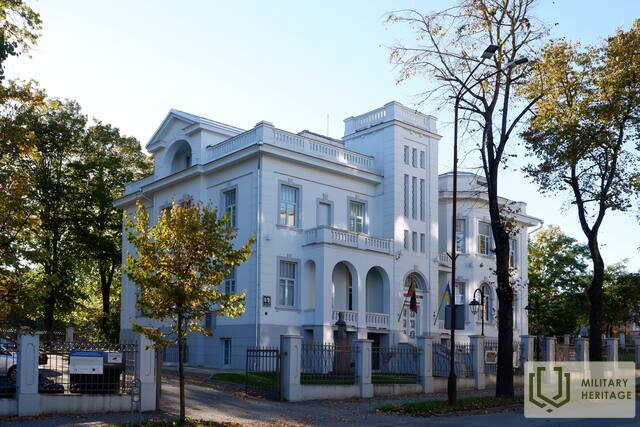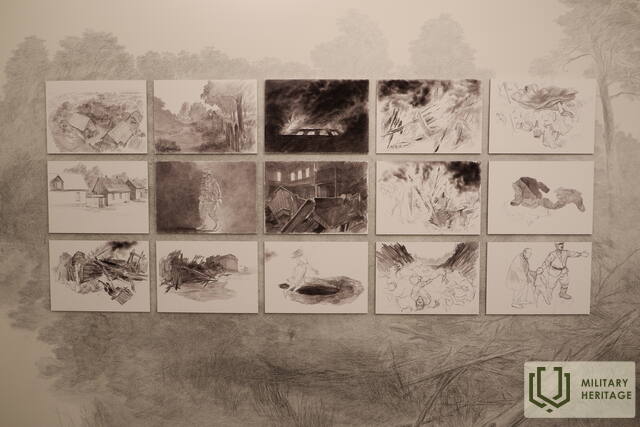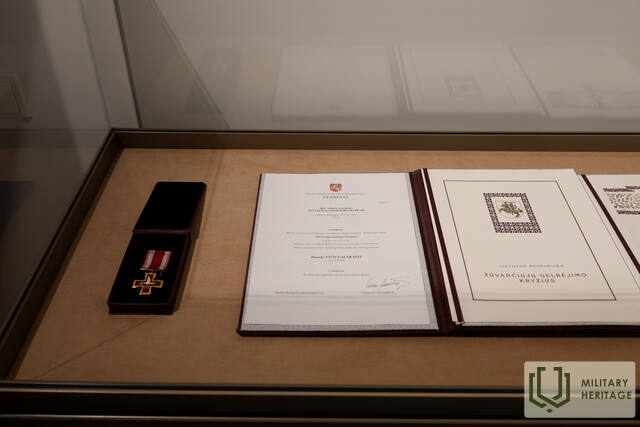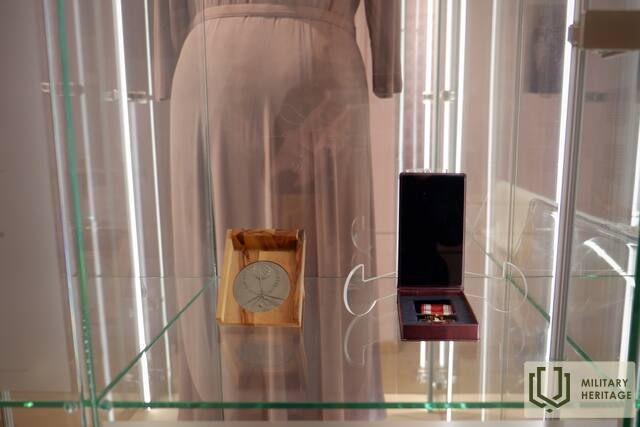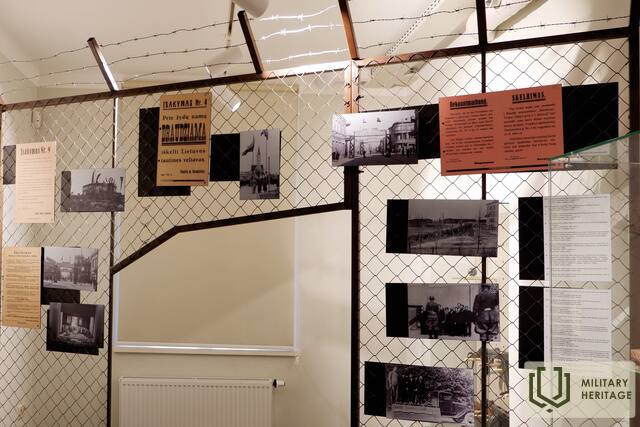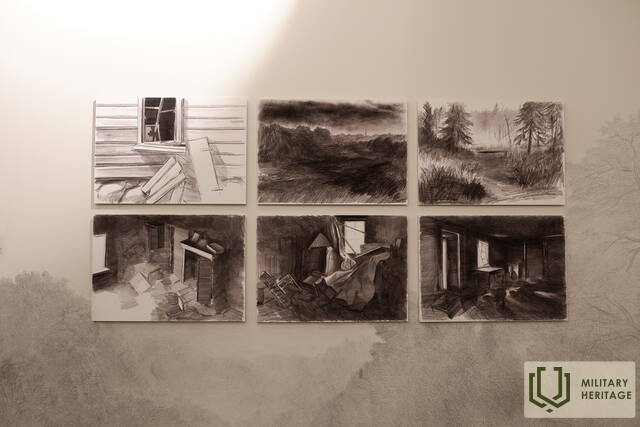Venclauskiai House-Museum Museum

The Venclauskiai House-Museum is an outstanding example of historical architecture from the inter-war period in Šiauliai. The building, also known as the White Castle, was built for the family of Kazimieras Venclauskas and Stanislava Venclauskienė in 1926 on the land of the former suburb of Šiauliai City. Kazimieras and Stanislava Venclauskiai – members of the Lithuanian national movement and the restoration of the Lithuanian state, are also famous as guardians of many orphans and abandoned children.
During the Second World War, Stanislava Venclauskienė and her daughters Danutė and Gražbylė became famous as rescuers of Jews. Ignoring the fact that, during the war, the German commandant’s office was stationed in their house, they helped the Jews imprisoned in the Šiauliai ghetto by hiding them in the house. Danutė Venclauskaitė had a permit to enter the Šiauliai ghetto, so she secretly brought food and medicine with her when she visited. All three women have been awarded the honorary title “Righteous Among the Nations” and the Life Saving Cross.
In 1991, Gražbylė and Danutė Venclauskaitės donated their family house to the Aušros Museum in Šiauliai. The Venclauskiai House-Museum was opened in 2019 after the reconstruction of the building. The permanent exhibition of the museum tells the story of the Venclauskiai family, while the semi-basement rooms are dedicated to the Holocaust and the rescue of the Jews.
Used sources and references:
Related timeline
Related topics
Related stories
Lithuanian rescuers - Miriam Javnaitė-Voronova's survival story
During World War II, Miriam Javnaitė-Voronova survived the Holocaust thanks to many Lithuanians who, risking their own lives and the lives of their loved ones, hid, fed, and cared for persecuted Jews.




